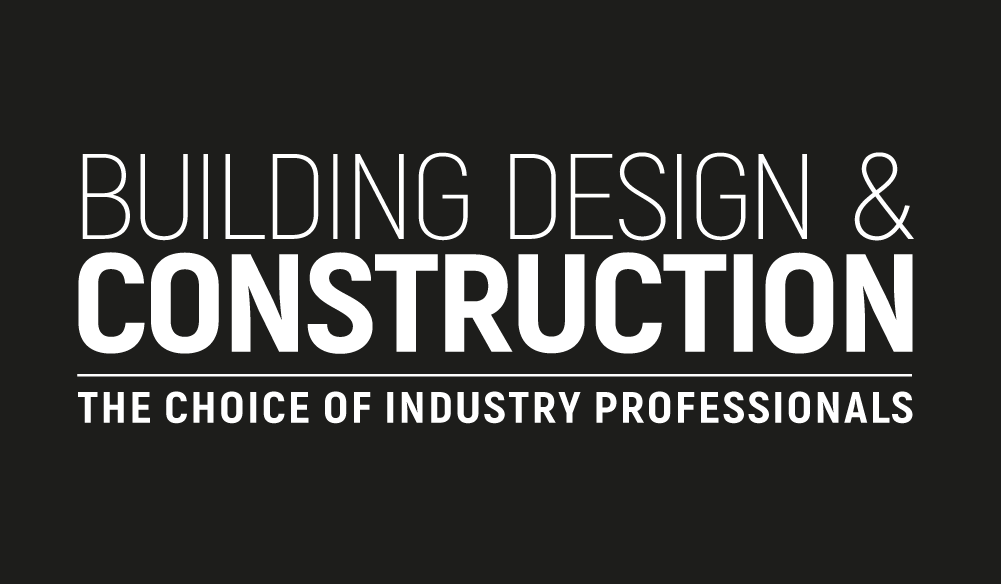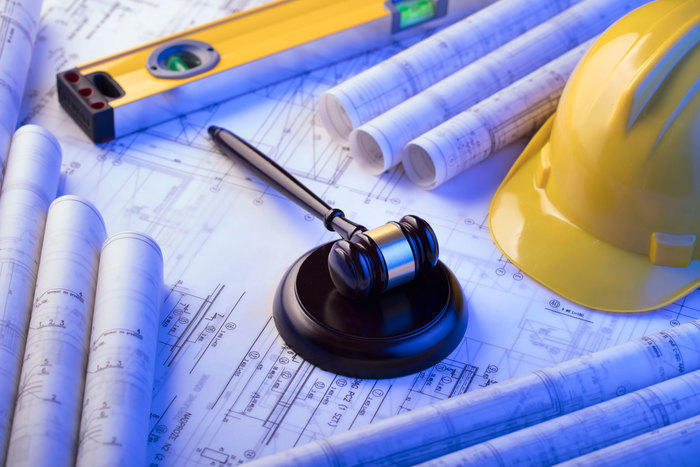When you’re in a food manufacturing setup, nothing is more significant than maintaining and keeping every food product safe for consumption. For this to be successful, you must implement the principles of food safety and sanitation in every process. In a medium to large manufacturing setup, checking every product one by one is time-consuming, inefficient, and unproductive. So, it’s essential to adapt the application of advanced inspection systems you can find, specifically the use of X-rays. X-ray is one of the most efficient ways to implement food safety appropriately. A new era of food packaging and safety began when it was introduced. It significantly improved the quality of every product by thoroughly inspecting each product, boosting overall production, reducing company losses, and increasing market value and consumer trust. However, foreign materials still exist even with this technology. But there’s nothing to worry about as X-ray systems continue to evolve and develop over time. If you’re looking for an X-ray inspection system, you may visit tdipacksys.com/inspection-systems/x-ray or your local specialized and advanced equipment provider. Furthermore, here are the ways X-rays improve food packaging safety: Improves Contaminant Detection Before X-ray solutions were introduced, most food companies implemented a stricter detection process. Each product passes through different professional inspectors, who used traditional screening methods back then. However, humans are prone to errors, which often result in recalls, affecting the company’s reputation and revenue. But when X-ray inspection was introduced, contaminant detection was improved effectively and efficiently using the level of technology that previously wasn’t accessible. Also, it reduces product recalls almost to nothing due to the automated screening method. Thus, promoting a new level of security and safety to the food industry. Since X-ray inspection is based on the intensity of variations, it can detect more foreign objects from food than other equipment, such as metal detectors. It can detect various physical contaminants, such as metals, stones, bones, glass debris, rubber, and wood. Checks Item Count Per Box Before Distribution Even in this advanced technology, many companies still use manual processes to put finished items in the box before distribution. Unfortunately, people may neglect to count the products in each box, especially if the conveyor line moves at speeds. So, there are chances that they may not notice if one of these lacks a piece. X-ray inspections prevent this from happening. These ensure that all boxes contain the right amount of goods, depending on your clients’ orders. If it has missing pieces, there’s a chance that other products in the box bump on each other and cause leaks and damage, compromising food safety. Monitors Fill Levels Of Every Product In the automatic packaging line, not all products may be filled appropriately. There are instances when the system that controls and oversees the entire production process may fail. Unfortunately, humans can’t manage the whole packaging line looking for possible errors. X-ray inspections may help you prevent such cases from happening. They can be programmed to detect items that lack the appropriate amount or volume based on their appearance and weight. So, how can it affect the safety of the product? Some products have added components to prolong and secure the shelf-life of the food. For example, a bag of potato chips is half-filled with nitrogen gas to maintain a stable shelf-life and prevent the growth of spoilage bacteria. If such items are released without thorough checking, people may consume defective products and may cause harm. Checks Damaged And Broken Goods Damaged goods are a big no-no in the food industry. It’s of the common causes of contamination that may affect other goods near them. For example, a slightly dented canned good may have a tiny leak that is not visible to the naked eye but is beneficial for germs to thrive and cause spoilage. Also, these small leaks may damage other canned goods and cause chemical reactions, such as rusting. However, not all consumers are vigilant about what they see in the market. Many of them don’t even try to check the condition of what they purchase. If this happens, people might probably consume those that are already contaminated. If they got sick and found out its cause, they would likely file a lawsuit against your company, which is one of the things you’d want to avoid at all costs. Fortunately, an advanced X-ray inspection system can detect damaged and defective items. In addition, it can see even the most minor mishaps in your product and separate it from those in good condition. This will help you secure that all products you release in the market are safe for consumption and away from any possible causes of contamination. Inspects Product Seal Product sealing in the food industry can be challenging in many different ways, especially if a product needs to undergo high pressure and temperature treatment. However, some products may not be adequately sealed, and the problem begins once they reach your customers. Improper sealing is another common cause of contamination. It allows air from the outside to seep inside, contaminating the food. Therefore, it’s crucial to identify products that failed to seal correctly and prevent them from being distributed to other places. And the best way to achieve this is with the use of advanced X-ray solutions. X-ray inspections will help you detect products that are not appropriately sealed automatically. As mentioned before, X-ray inspection can see even minor details. So, even the tiny scratch and opening will be detected and removed from the line. Final Words Packaging occurs in many phases in a food production system. So, it’s only essential to ensure that each process is done correctly based on many standards to be followed. To be successful, you might need an advanced X-ray inspection system. X-ray inspections help improve the safety of your packaging by detecting contaminants, ensuring product count, checking damaged and broken pieces, monitoring filling levels, and checking proper sealing. If this discussion opens up your mind and interest, contact the local specialty equipment provider in your area














